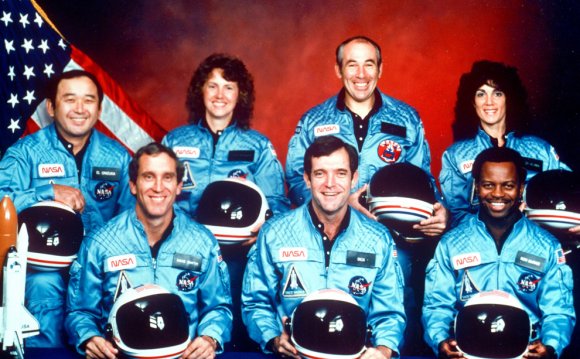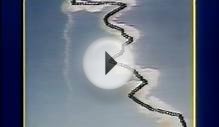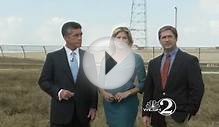
At least, that seems to be how many people remember it, in whole or in part. That’s how the story of the Challenger is often retold, in oral tradition and broadcast news, in public speeches and in private conversations and all around the Internet. But spaceflight historians believe that each element of the opening paragraph is factually untrue or at best extremely dubious. They are myths, undeserving of popular belief and unworthy of being repeated at every anniversary of the disaster.
The flight, and the lost crew members, deserve proper recognition and authentic commemoration. Historians, reporters, and every citizen need to take the time this week to remember what really happened, and especially to make sure their memories are as close as humanly possible to what really did happen.
If that happens, here's the way the mission may be remembered:
- Few people actually saw the Challenger tragedy unfold live on television.
- The shuttle did not explode in the common definition of that word.
- The flight, and the astronauts’ lives, did not end at that point, 73 seconds after launch.
- The design of the booster, while possessing flaws subject to improvement, was neither especially dangerous if operated properly, nor the result of political interference.
- Replacement of the original asbestos-bearing putty in the booster seals was unrelated to the failure.
- There were pressures on the flight schedule, but none of any recognizable political origin.
- Claims that the disaster was the unavoidable price to be paid for pioneering a new frontier were self-serving rationalizations on the part of those responsible for incompetent engineering management — the disaster should have been avoidable.
Myth #1: A nation watched as tragedy unfolded
Few people actually saw what happened live on television. The flight occurred during the early years of cable news, and although CNN was indeed carrying the launch when the shuttle was destroyed, all major broadcast stations had cut away — only to quickly return with taped relays. With Christa McAuliffe set to be the first teacher in space, NASA had arranged a satellite broadcast of the full mission into television sets in many schools, but the general public did not have access to this unless they were one of the then-few people with satellite dishes. What most people recall as a "live broadcast" was actually the taped replay broadcast soon after the event.
Myth #2: Challenger exploded
The shuttle did not explode in the common definition of that word. There was no shock wave, no detonation, no "bang" — viewers on the ground just heard the roar of the engines stop as the shuttle’s fuel tank tore apart, spilling liquid oxygen and hydrogen which formed a huge fireball at an altitude of 46, 000 ft. (Some television documentaries later added the sound of an explosion to these images.) But both solid-fuel strap-on boosters climbed up out of the cloud, still firing and unharmed by any explosion. Challenger itself was torn apart as it was flung free of the other rocket components and turned broadside into the Mach 2 airstream. Individual propellant tanks were seen exploding — but by then, the spacecraft was already in pieces.
Myth #3: The crew died instantly
The flight, and the astronauts’ lives, did not end at that point, 73 seconds after launch. After Challenger was torn apart, the pieces continued upward from their own momentum, reaching a peak altitude of 65, 000 feet before arching back down into the water. The cabin hit the surface 2 minutes and 45 seconds after breakup, and all investigations indicate the crew was still alive until then.
What's less clear is whether they were conscious. If the cabin depressurized (as seems likely), the crew would have had difficulty breathing. In the words of the final report by fellow astronauts, the crew “possibly but not certainly lost consciousness, ” even though a few of the emergency air bottles (designed for escape from a smoking vehicle on the ground) had been activated.
RELATED VIDEO












